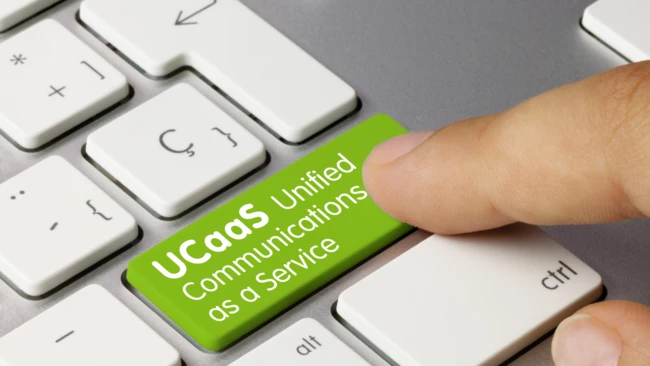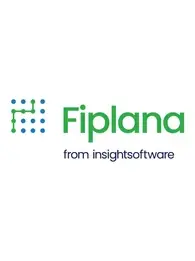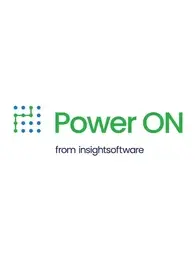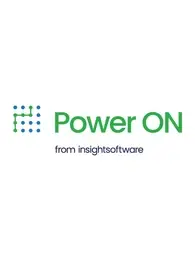
Lennon & McCartney; cheese and crackers; Tuesday and tacos – these are good on their own, but even better together (or to paraphrase a Lennon & McCartney song, these are things that go together well). Another perfect match is unified communications (UC) and contact center, or UCaaS & CCaaS. As UCaaS and CCaaS platforms and capabilities are merging together to help improve both the customer and employee experiences.
The primary use case to date is the ability for contact center agents to reach out to subject matter experts (SMEs) outside of the contact center to help agents get the information they need to quickly and efficiently solve customers’ issues. We’re also starting seen the rise of the “collaborative contact center,” integrating contact center, team collaboration, messaging, and video capabilities to enable agents, customers, and SMEs to collaborate in a shared space and share information to help expedite issues resolution.
While this isn’t a new topic, there's been more activity recently as more and more UCaaS vendors either add their own CCaaS capabilities, or integrate with CCaaS providers. Almost all UC/UCaaS providers now offer and promote their converged offerings, with tightly integrated contact center capabilities becoming a “must have” for any UC vendor. At this point, it would be difficult to name a UCaaS vendor that doesn’t have its own CCaaS offering or a tight integration with a CCaaS provider to provide a seamless solution.
CCaaS providers are also getting into the game. Talkdesk is clearly on board with this concept, as evidenced by its introduction of Talkdesk Phone, a business phone system natively built on Talkdesk’s cloud contact center platform. Edify came out of the gate as a unified platform, promoting the idea that “combining contact center, unified communications, and API functionality unites the contact center with the rest of the business because customer experience is everyone’s job.” Expect to see other CCaaS providers follow suit and either introduce their own telephony offerings or tighten existing relationships (e.g.; Five9 with Zoom and Nextiva; NICE CXOne with RingCentral; Genesys with Microsoft and Zoom, etc.).
CX for Everyone
One key driver behind the convergence of UCaaS and CCaaS is the increased focus on customer experience (CX). We’re in the early stages of what I call “CX for everyone” or CXE. CXE breaks down the barriers and silos of UC and contact centers, leading to new ways for organizations to engage with internal employees (or internal customers) and external customers. For example, customer-facing workers will have the ability to access UC capabilities such as video and team collaboration. Meanwhile, knowledge workers in various back-office departments will take advantage of traditional contact center capabilities such as routing, screen pop, and more to better serve customers and employees. Customer engagement and customer experience capabilities will be available to everyone in the organization, creating better experiences for customers and employees.
“Informal contact centers,” or groups of workers that receive a significant number of calls and interactions, can leverage contact center capabilities to better serve customers and employees. Help desks, benefits departments, payroll, and other teams can take advantage of routing, screen pop, and additional contact center capabilities to improve efficiency and the employee experience.
Expect to see more use cases emerge as more and more organizations take advantage of the integration of UCaaS and CCaaS and find more ways this integration provides value.











